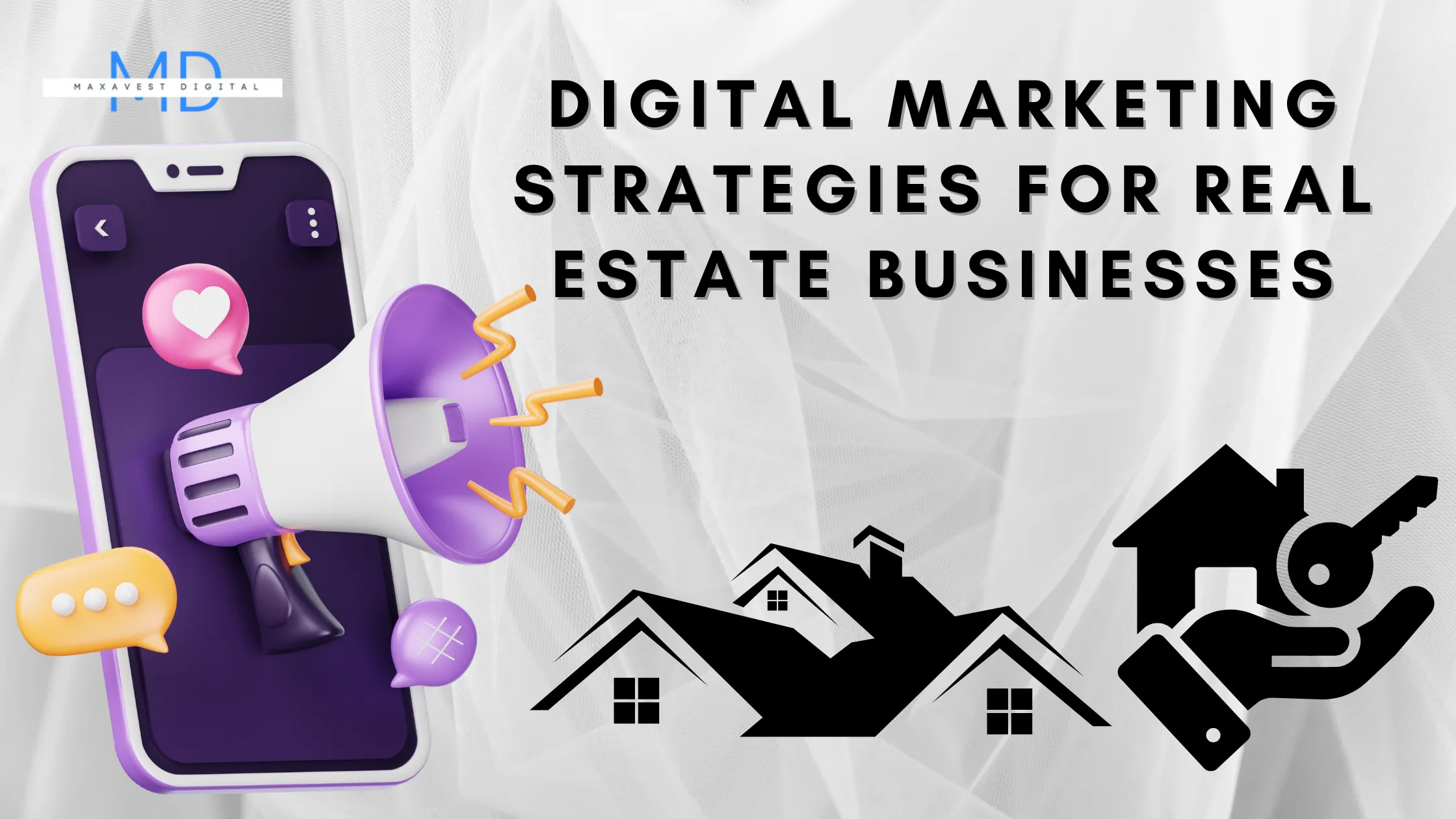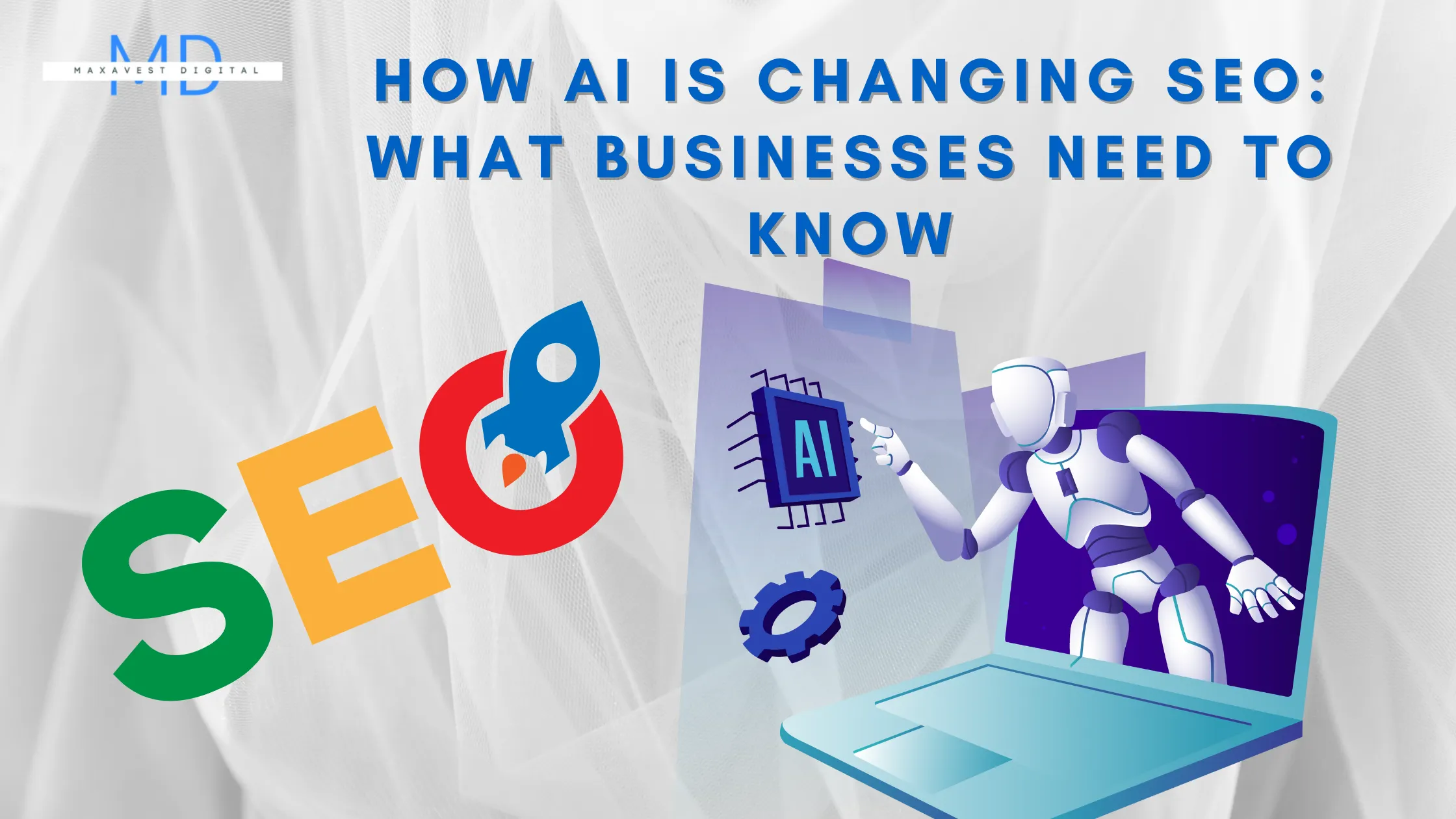The Power of Storytelling Within Content Marketing
The Power of Storytelling Within Content Marketing
Aug 18, 2022
Have you really noticed that the speaker at a lecture, TED Talk, or presentation often draws on personal experiences and tales to get their point across? People enjoy listening to stories because they may make certain issues relevant, and there's a reason for that. Storytelling enables you to ensure that your audience connects with your product or service when it comes to content marketing.
Here are some reasons why telling stories is important, some business storytelling examples, and some tips for using tales to engage customers.
Storytelling in Content Marketing: What Is It?
In marketing, telling a story that highlights issues and difficulties related to your product or service is known as storytelling. Storytelling is simply a tool that helps you better reach your target demographic because content marketing entails the creation and distribution of pertinent material to reach a certain audience. Consider it a marketing gimmick that can successfully attract the target market.
You want to be able to connect with the audience you're trying to reach. The audience will better grasp how what you're offering relates to them and be more willing to give it a try if you can establish a connection with them. A genuine, interesting tale can set you apart from the daily content marketing attempts by brands to target consumers.
The Mechanisms of Storytelling Using Science
Unbelievable as it may seem, science supports narthe rative. Think back to the last time you enjoyed a truly outstanding movie. There was a beginning, middle, and finish that was able to hold your interest while simultaneously eliciting a range of emotions, but why did you feel so involved? After all, a movie is essentially just a bunch of performers performing lines from a screenplay, yet every day, millions of people love to watch movies.
Humans need and seek emotional relationships in life on a fundamental basis. When you see a sad movie scene, you start to feel sympathy for the character going through the difficulty. We begin to experience a range of feelings, including compassion, as a result of the brain's oxytocin hormone becoming active. You might get a sense of immersion when watching a movie because, according to one study, a well-told story gives us the impression that we are personally experiencing the story.
A connection between storytelling and memory may become apparent if you look at it more deeply. We have favourite movies for a reason, and we can recall particular moments or even sentences from them months or years after watching them. Cortisol aids with the brain's ability to store memories that fit into patterns, and almost all stories have an introduction, conflict, resolution, and ending. As a result, a compelling narrative gets deeply ingrained in the brain.
People enjoy reading stories because they help us feel more human. You should know how to engage with people through an effective content marketing strategy rather than simply urging them to try your product or service "just because." Storytelling can be a key component of your strategy. By utilizing digital marketing through storytelling, you may develop a brand that your clients genuinely like.
As a content marketing strategy, storytelling
Using a story in content marketing can make it easier for your target audience to empathize with your message. The American Society for the Prevention of Cruelty to Animals (ASPCA) raised $30 million from its famous "Angel" ad in the year after its release and continues to run it over ten years later. If you can write a story that hits the emotional nail on the head, your audience will probably make a purchase. Success comes from a powerfully emotive story.
You may ensure that your products and services remain in your clients' minds after they interact with your marketing by using the Monomyth, also known as the Hero's Journey, while you develop stories for your content. A story that follows a recognizable pattern will be simple to recall when mixed with the correct amount of emotion. If your target customer doesn't buy right away, they'll tell their friends about your advertisement and probably return back later to do so.
How to Use Brand Storytelling: Some Considerations
However, you must exercise caution when recounting stories. While you might use a narrative to make your audience laugh or cry, you must make sure that it is completely relevant to the product or service you are selling. You should consider the advantages that your product or service will have for customers while trying to come up with the ideal marketing narrative. What issue would it aid them in resolving? What advantages does it provide for them? What distinguishes your goods and services from those of your rivals?
The questions mentioned above should be addressed by every tale you develop for your audience. It will only be confusing to use a choppy, ambiguous story that doesn't fully explain what you're offering. Make sure your tale has a connection to your brand, too. Since a piece of content marketing directly represents your business, it should support your objectives and tenets; departing significantly from your typical material may come as an unwelcome shock.
Using storytelling effectively in your content marketing may accomplish more than just forge connections with customers and further your brand's mission. Additionally, by doing this, you will broaden your customer base and gain repeat business. Content marketing comes in a wide variety of forms, including blogs, infographics, emails, videos, and more. In a sea of content marketing, you may connect with more customers by adding tales to your material, persuading them that you're the best choice.
Five Storytelling Principles for Content Marketing
The Hero's Journey, also known as the beginning, issue, solution, and ending of a story, is included in almost every narrative you encounter. You don't need to go too deeply into the model's structure because you're not making a 300-page book or a 90-minute movie. To make your material as compelling as possible, you should be aware of the following storytelling principles:
1. Maintain Authenticity
People are huge fans of honesty in marketing. Never pretend to be someone you're not, and avoid drawing too much from other people's thoughts and experiences. Share a true and original narrative to maintain the integrity of your brand. Your target audience will recognize your creativity and innovation and will respond favorably. Unique and authentic content is always what moves people to take action.
2. Verify that there is a conflict
Every great story has a struggle of some form. There should be a problem in the novel that the protagonist must overcome, even if it isn't very intense or dramatic. You almost always want the hero to triumph over the villain in a good conflict.
You can't give up too much information, therefore you have to be careful with your conflict. Three things should be kept in mind in order to successfully introduce conflict into your stories:
The protagonist or "hero" of the narrative should be the audience. A problem in their life should be the focus of the narrative.
The issue: The protagonist should have already failed their current attempt to tackle their dilemma by the time the story starts. The main character should encounter challenges that prevent them from achieving their objective. If they are successful right away, the narrative won't be that compelling.
As for the answer, keep in mind that everything shouldn't come together and be resolved until the very end of the story. Your product or service should be what aids the character in overcoming their issues.
3. Use Information to Tell a Moving Story
You should also include data when telling a story to promote your good or service. After all, for your content marketing to be effective, larger returns and greater engagement are required. To illustrate data from research throughout your content marketing, use visual aids. You increase your chances of actually connecting with your audience when your story is both interesting and accurate.
For instance, some research indicate that hugs enable babies' vital signs to remain stable, foster brain growth, and fend against infections. Huggies, a manufacturer of baby products, utilized similar data to produce advertisements showing parents cuddling their children under the slogan "No Baby Unhugged." In order to tell an important tale and gradually persuade clients to choose them over their rivals, this campaign employed actual, palpable data.
4. Reach Out to Your Audience
It might be the difference between success and failure if you can successfully engage your audience. Consumers often don't like to purchase goods from pushy salespeople who don't appear to genuinely feel their goods or services are effective. They like someone who demonstrates an interest in what they're selling and does it by using immediate, verifiable information.
Additionally, when you can establish a rapport with someone, they are lot more likely to listen to you out. You're halfway there if you employ a tale because you're making an attempt to catch their attention. The finest tales will have components that readers can identify with and that inspire them to keep forming a bond with your business.
5. Disseminate Stories Through a Variety of Media
You can share your stories, goods, and services through a variety of platforms. If you develop a story for a certain campaign, you must figure out how to adapt it across several channels with the same outcomes. By doing so, you can reach as many people as you can without wasting money on separate campaigns for every channel.
You probably already know which marketing channels work best for your brand according to various reports. These channels could include podcasts, videos, and social media. The beauty of storytelling is that it can adapt to match different platforms. For example, a brief video ad may be ideal for your Twitter account, while a podcast should focus on a more in-depth discussion on a relevant subject.
You should make sure that your content marketing strategy covers a variety of channels, regardless of which platforms you determine are ideal for your brand. In this manner, brand storytelling may be used to engage a variety of customers. By using a variety of marketing channels, you can account for the fact that some consumers will favour some channels over others.


























